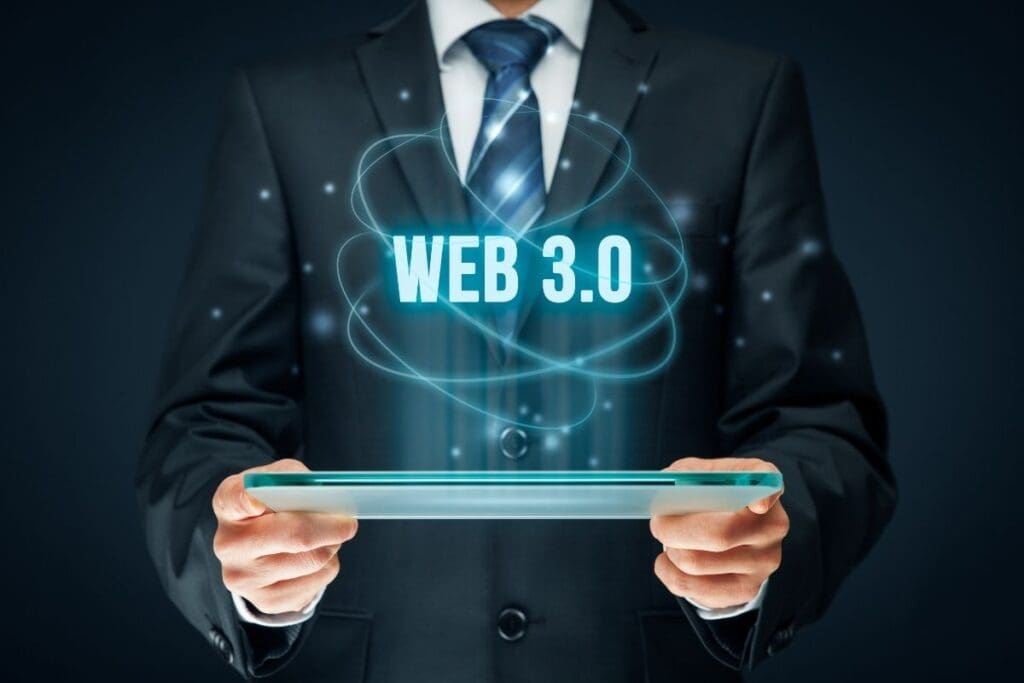As social media browsing, online shopping, and digital gaming have become integral parts of our daily lives, the internet’s role has grown more crucial than ever. The rise in our virtual habits has inevitably sparked a demand for a faster, more reliable, and personalized online experience. Enter Web 3.0—a concept we’ve been hearing more about in recent years. This new iteration of the internet, powered by artificial intelligence, promises to deliver the most relevant data and foster a more transparent environment for sharing.
But how is this transformation possible? To truly grasp the potential of Web 3.0, it’s essential to understand what it is and how it differs from previous versions of the internet. Let’s embark on a brief journey through the evolution of the internet and explore what the future holds.
What is Web 3.0?

Web 3.0 is still in its development stage, and as such, there is no universally accepted definition. However, it can be described as the next evolution of the internet, envisioned to be built on blockchain technology. This third generation of the internet leverages artificial intelligence (AI) and machine learning, enabling it to understand, interpret, categorize, create, and share content more effectively—much like a human. Imagine learning from machines how to enhance the photo you’re about to post on social media, or having machines generate comments on the movie you’re watching. In fact, some programs using this technology already exist. For example, Apple’s virtual assistant Siri and Amazon’s Alexa can recognize users’ voice commands and deliver the most accurate information.
Another example is Wolfram Alpha. Unlike Google, this information engine utilizes AI technologies to calculate search terms. Instead of simply listing the most relevant web pages, it presents data related to the searched concept in numerical form.
How is it different from Web 1.0 and 2.0?
Web 1.0, the oldest version of the internet, served primarily as an information provider where users could only consume content rather than produce it, with very limited interaction. From the 1990s until 2004, people mainly used websites to gather information.
The transition to Web 2.0 marked a significant shift in our digital experiences, making them more diverse and interactive. Consider the social media platforms we use today. Thanks to the content we share, we are now in almost constant interaction. We can contribute to websites with our comments, rate businesses on Google, create trends with a tweet on Twitter, share moments with followers on Instagram, and deliver videos posted on TikTok or YouTube to millions of people in seconds, who can then share them further. In short, the Web 2.0 infrastructure has enabled us to experience the internet in a social and interactive way.
Web 3.0, however, represents a new era of web technology where content production is driven by artificial intelligence (AI). In this version, AI-powered software collects and reproduces data, making it more compatible with user needs. This technology is expected to help us reach more objective conclusions, as information generated by AI is less likely to be altered by human bias.
Another significant difference between Web 2.0 and its predecessors is how information is stored. In Web 2.0, our data is recorded in databases managed by the platforms we use, allowing these companies to access our information easily. It’s no coincidence that many ads appearing on Instagram or Facebook are tailored precisely to our needs.
Web 3.0, on the other hand, plans to use a new information gathering and distribution network based on blockchain technology. To understand this, let’s briefly recall what blockchain is. This technology, which helps manage our crypto assets, is essentially an advanced registration system. It tracks transactions, such as payments and orders, through the networks connected to our crypto wallets. Web 3.0 is expected to use this same technology, securing our online interactions by linking them to our blockchain accounts. This high-security system prevents our shared data from reaching third parties, eliminating the need for a central authority to store our personal information.nal data, we can control them ourselves.
What awaits us in the future?
Today, many platforms are working to become compatible with Web 3.0 technology, aiming to provide users with the fastest, most accurate, and most objective information. If the anticipated changes occur, we may no longer need to communicate through various platforms. Without social media accounts, websites, or apps, we could connect with each other via a decentralized network system.
To utilize Web 3.0, we will need to link our crypto wallets to the system. This integration will allow us to continue our interactions on social media accounts and applications. In exchange for our contributions on the internet, we will receive crypto payments, potentially leading to a gradual increase in the popularity of cryptocurrencies. NFT collections could also become more prominent with the transition to Web 3.0, as the use of digital money grows in tandem with the Metaverse.
However, there are concerns about whether Web 3.0 might create new vulnerabilities. There is still a risk that our digital wallets could be compromised through social engineering attacks. Additionally, some attackers might threaten our information security by embedding malicious software into the blockchain. This highlights the need to address legal loopholes in smart contracts.
Since Web 3.0 is still in development, it’s difficult to predict exactly what it will offer in the future. However, it’s clear that an extraordinary technological revolution is on the horizon, where our interactions with software will be more profound than ever.
You may also like this content
- Blockchain: The Key to the Metaverse and Web3
- Discover Web3 Domain: Future of Digital Identity
- What is Web 3.0? Future of the Internet Explained

